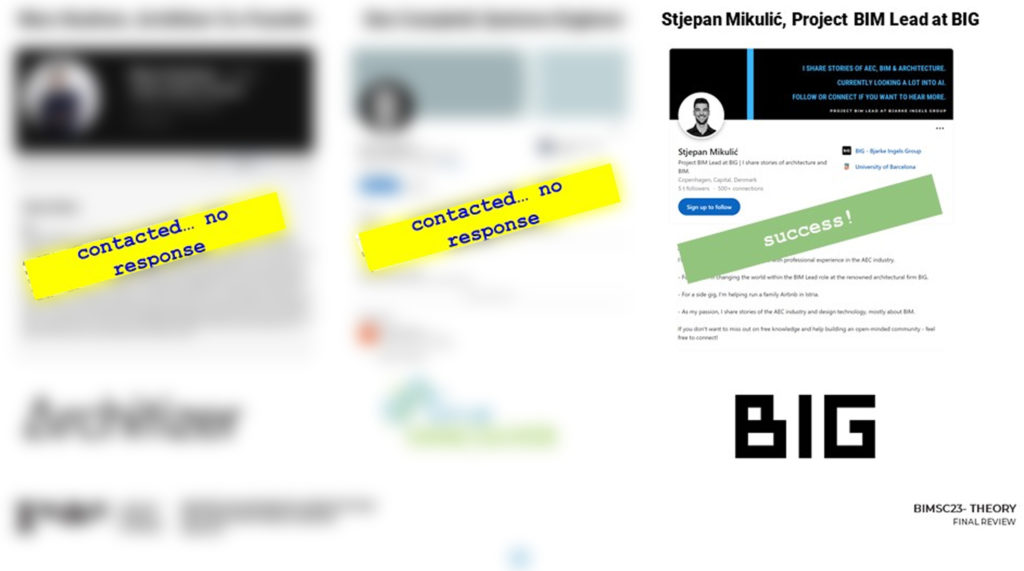
Brief
The Vessel in New York City and the Blox complex in Copenhagen are two examples of buildings and public spaces that faced backlash from the public due to a lack of consideration for their needs and expectations. Architects and developers often have a vision in mind for what they want to achieve, but it’s important to engage with the public during the design process to ensure that the end product meets their needs. By doing so, architects and developers can create buildings and public spaces that are more successful and better received by the public.
Public engagement is a term to describe “the involvement of specialists listeningto, developing their understanding of, and interacting with, non-specialists”
(as defined by England’s university funding agency, HEFCE, in 2006). –Wikipedia

The success of Alejandro Aravena’s public housing project in Chile, known as “Half a Good House,” and the expansion of Oslo Airport highlight the importance of engaging with the public and using open BIM in the design process. Aravena’s project was designed with extensive input from local residents, resulting in a flexible and functional design that met their needs. Similarly, the expansion of Oslo Airport was designed using open BIM, which allowed for collaboration and communication among stakeholders, resulting in a more efficient and cost-effective building process. In addition, the architects and developers of the Oslo Airport project engaged with airport employees, airlines, and members of the public to gather feedback and input on the design, resulting in an expanded airport that met the needs and expectations of its many stakeholders. Overall, these examples demonstrate how architects can create successful projects by working collaboratively with stakeholders and the public, and by leveraging new technologies and approaches such as open BIM.
Proposed Guest

EXPERT
STJEPAN MIKULI?
Project BIM Lead at BIG, with prior experience at SWECO. Stjepan is also a LinkedIn activist where he shares stories and manifests his interest in collaboration with the public through social media.
Interview Script
• General question: As someone highly invested in both BIM and social media and the public realm, do you believe that BIM can enhance the collaboration between designers and the public? If so, how?
• How can public participation be facilitated, implemented, and tested, beyond the use of BIM collaboration in the early stages of the design process?
• In your opinion, what is the potential of integrating public participation through BIM collaboration in the early stages of the design process?
• What is the role of digital technologies, such as virtual reality and augmented reality, in supporting public engagement through social media and other virtual platforms during the design process?
• What factors might influence all stakeholders to adopt BIM and public collaboration in their design process, and how can these factors be addressed?
• How can we engage the general public who are unaware of the AEC industry and get their feedback?
• If we were to use one of the existing social media platforms, which one do you think can cater the most for such a collaboration?
The Podcast
https://podcasters.spotify.com/pod/dashboard/episode/e20o2pa

